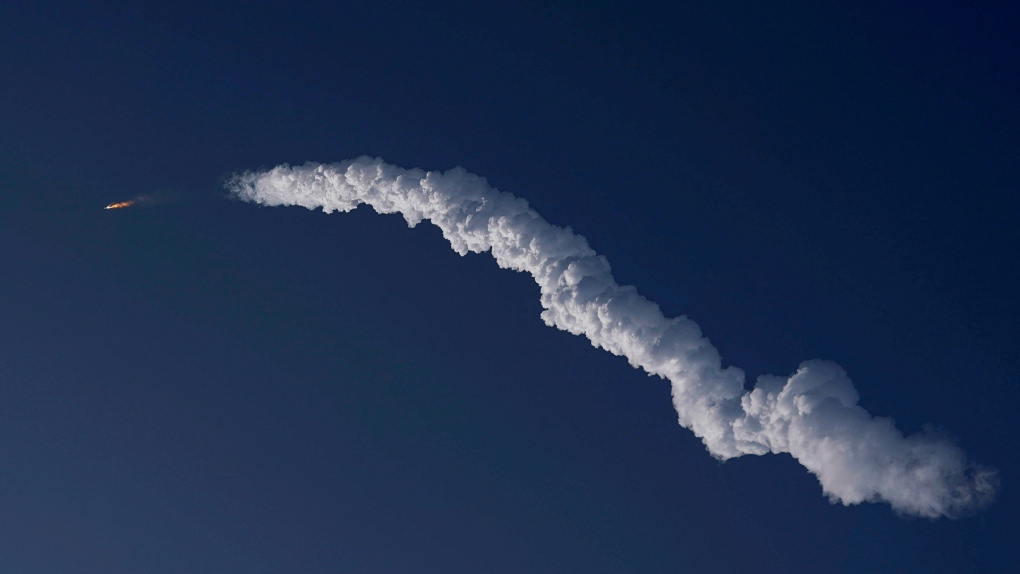
SpaceX, the space exploration company founded by Elon Musk, has recently experienced setbacks during its test launches for the Starship rocket in Texas. On Thursday, April 20, the nearly 400-foot (120-meter) rocket blasted off for its first test flight but failed minutes after rising from the launch pad. The rocket carried no people or satellites and was to be ditched into the sea. The booster and spacecraft were supposed to separate, with the booster plummeting into the Gulf of Mexico shortly after liftoff while the spacecraft hurtled ever higher toward the east in an attempt to circle the world, eventually crashing into the Pacific near Hawaii. However, Starship failed to separate from its Super Heavy booster after completing its climb and eventually exploded, with the exact cause of the explosion remaining unclear. The test was designed to be disposable, with the Starship intended to fly nearly a full orbit of Earth before splashing down in the Pacific Ocean.
The launch was the second attempt after Monday’s try was called off due to a stuck valve in the rocket during fuelling. The company plans to use Starship to send people and cargo to the moon and, eventually, Mars. NASA has reserved a Starship for its next moonwalking team, and rich tourists are already booking lunar flybys. Despite the explosion, the company and aerospace experts view the launch as a success, with the test allowing SpaceX to gather more data about their first-stage and, hopefully, what went wrong with the separation. According to SpaceX, «With a test like this, success comes from what we learn, and today’s test will help us improve Starship’s reliability as SpaceX seeks to make life multi-planetary.»
The Starship is the largest rocket ever built, consisting of a lower-stage Super Heavy booster using 33 Raptor engines, and the second-stage Starship craft where astronauts and cargo will be seated during future missions. Both stages are reusable like SpaceX’s smaller Falcon 9 boosters, which are regularly used to send satellites into orbit. SpaceX plans to conduct another test launch in a few months to address the issues encountered during the recent launch.